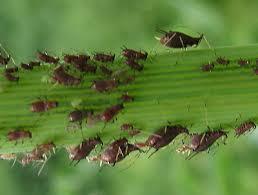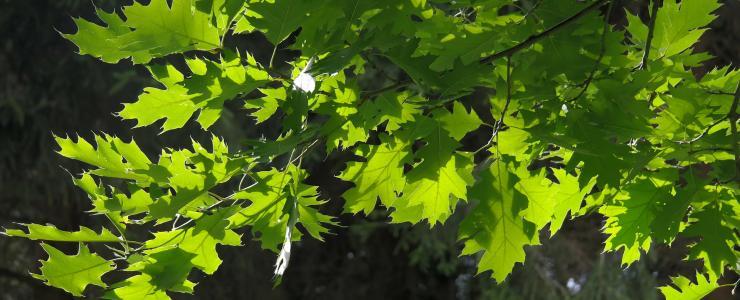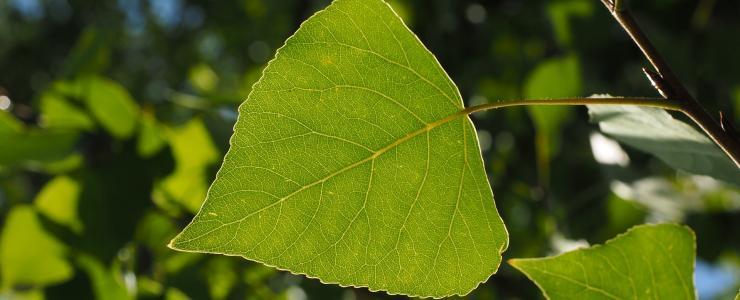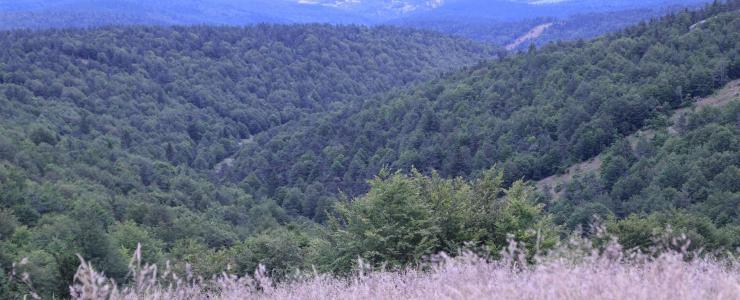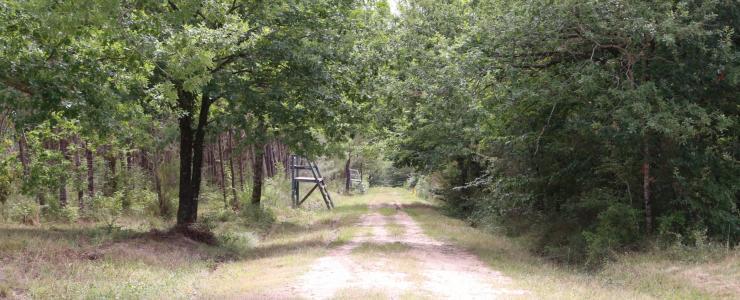Birch
Recognizing birch
Birch is recognized by:
- Its trunks reaching 15-20 meters tall.
- Its smooth whiteish bark.
- Its alternate leaves, that are virtually triangular and slightly serrated.


Sites favored by birch
Temperatures
Withstands temperatures ranging from -20°C to +20°C on average so will survive cold winters.
It is a heliophilous species and is also rather adaptable.
Rainfall
Annual average between 600 and 1,000Â mm per year.
Soils
Birch likes wet or even hydromorphic, acidic soils.
It can be found up to 2,000Â meters altitude.
Distinctive feature: Adapts to most soils.
Root development of the birch
- Running roots.
Birch plantation
| Density | Spacing | Benefits and drawbacks |
| 1,000-1,500 plants/hectare | 2.5 m x 3.5 m maximum | Rapid growth while young. The birch is used in different kinds of stand. Does not like competition. |
N.B. Birch is only rarely grown in single species stands. It is most often found with a mixture of deciduous trees or in a coppice with standards. It is worth knowing that birch can improve acidic soils thanks the rich mineral content of its leaves (through decomposition).
Growth and production of birch
- Rapid growth.
- Production of 5-8Â m3/ha/year.
Birch wood
- Yellow-pink heart and indistinct sapwood.
- Easy sawing, quick drying.
- Easy impregnation
- Tender heartwood.
- Excellent wood for carpentry, paneling and traditional clog-making.
- Also used for pulpwood, firewood and joinery.
- Trade name: Birch


